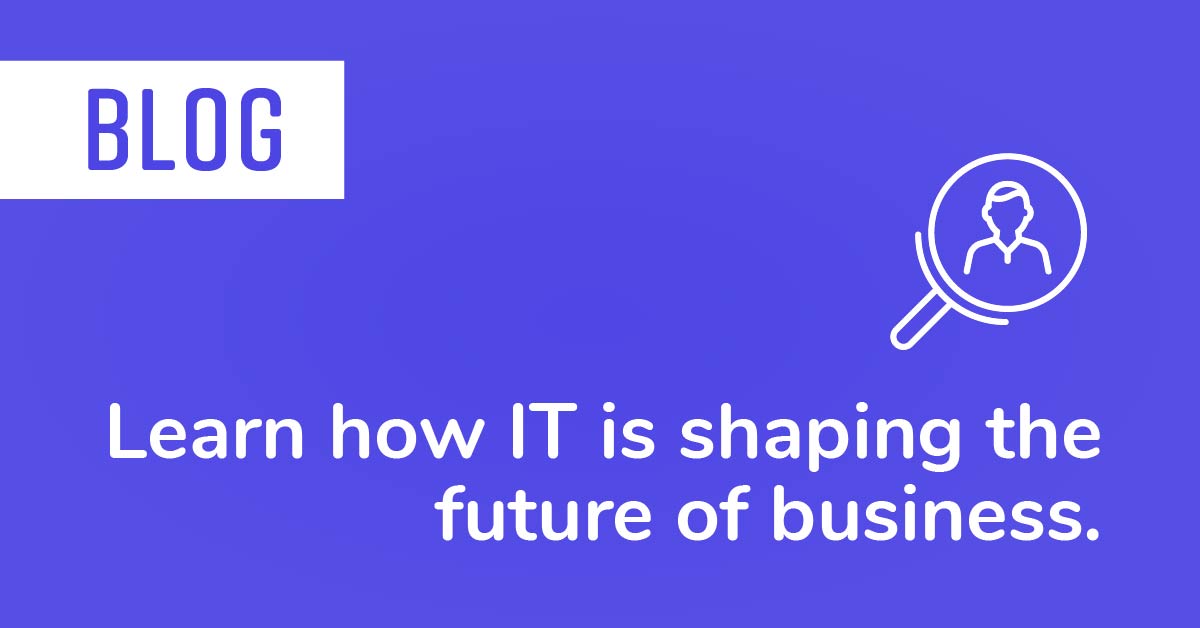Eligible nonprofits can take advantage of business apps like Gmail, Docs, Calendar, Drive, and Google Meet with discounted rates from Google.

A nonprofit organization operates exactly like a conventional one and has to use the same sort of resources for its employees to collaborate, connect and create. Although there are many options available to nonprofits, the best, however, is still Google Workspace, also referred to as Google’s G Suite. Google Workspace comprises multiple integrated applications to make the daily working lives of users easier, smoother, and speedy. We do understand that technology can be confusing at times especially if you’re new to it, so we have broken down the details of Google Workspace applications, network, eligibility, and operations below:
What is Google Workspace?
To put it simply, Google Workspace is a platform for business integration and features several applications that compensate for business functionalities. These applications include an email platform (Gmail), a document editor (Google Docs), a presentation builder (Google Slides) and many more. The use of these applications makes teams more productive, efficient and makes it easier to collaborate in their work. All the tools, software and services offered within the Google Workspace are built and marketed by Google itself.
What Apps are part of Google Workspace?
One of the core attributes of Google Workspace applications is speed, which allows for all the team members to work together in real-time. Some of the applications that are part of the Google Workspace include:
- Gmail
- Google Drive
- Calendar
- Google Forms
- Google Docs
- Google Sheets
- Google Slides
Moreover, services like vault, domains, cloud search, apps script and cloud computing are also part of the Google Workspace framework and can be used by businesses.
What is Google for Nonprofits?
Google for Nonprofits is a free program where Google offers its premium services at absolutely no cost to nonprofit organizations. It consists of various tools that help nonprofits appeal to a wider audience. Google for nonprofits isn’t a separate feature but part of G Suite that allows for better usage of tools. The primary benefit for nonprofits comes in the form of Google Ad Grants where Google provides $10,000 a month to spend on ads via Google. Nevertheless, there are other attributes as well including G Suite and Google Earth which the nonprofits can utilize effectively to reach a wider audience. As most nonprofits find it challenging to attract donors and attention, therefore Google for nonprofits provides direction and ease of access for organizations working to attract donors. Businesses that get accepted for Google Workspace for nonprofits get to use their services for free, which is basically the Google Workspace Starter Edition. Still, businesses can upgrade to other editions at significant discounts as well.
Once accepted, you can avail any one of the following plans:
Level 1: Google Workspace for nonprofits
- The Google Workplace for nonprofits is free and any organization can use it without any hidden charges.
- No limit to users, each user can have 30GB of cloud storage space.
- Each user gets to have their own personal professional email ID with the business domain name.
- All users can access the shared drives and services including apps like calendar, docs, sheets, and slides.
- Video conferencing facility for up to 100 people via Google meet.
Level 2: Google Workspace Business Standard for nonprofits
- Typical pricing of $3 per user per month and includes everything from the above plan as well as some new features.
- No cap on users and every user will have 2TB of cloud storage space.
- The feature to search within saved files for content across all emails.
- Access to Google Vault and its services.
- More control options with administrative tools and comprehensive monitoring.
- Video conferencing feature for up to 150 employees via Google meet.
Level 3: Google Workspace Business Plus for nonprofits
- Pricing of $5.04 per user per month and includes everything from the standard plan as well as some new features.
- No cap on users and each user gets 5TB of cloud storage space.
- Advanced endpoint management facility
- Video conferencing facility for up to 250 participants
Level 3: Google Workspace Enterprise for nonprofits
- With 70%+ off, Google Workspace Enterprise for nonprofits includes everything from business plus edition and some additional features.
- No storage cap for users
- Cloud identity feature for device and user management
- Security enhancement for emails via encryption
- Live streaming and recording feature with Google Meet
- Video conferencing facility for up to 250 employees
How to set up Google Workspace for your Nonprofits
- Request for approval of nonprofit account with Google: When you sign up for Google, you can complete the request form and enter all required details of your nonprofit. Once the approval comes through, you can work on other details for setting up the workspace.
- Migrate from current account: After the approval is made, business users would need to migrate their details from current to new nonprofit. Google itself offers migration services, however, it can be done manually by users too and import any files and calendars from previous Gmail accounts.
- Management of Teams: When all the users and their data is migrated into the workspace, they can be divided into different groups for working on separate or the same projects.
- Training and Evaluation: Google Workspace Learning Center is an effective platform to learn the basics of the workspace. The learning center facilitates users in boosting productivity and working to the best of their abilities.
Benefits of Using Google Workspace for Nonprofits
As a nonprofit organization, you can use multiple features such as Google Calendar, Drive, Gmail, as well as other services, some of the premium benefits include:
- The customized email address, which is even provided to users of the free version and adds a more professional look as compared with other Gmail addresses.
- Google drive is accessible to everyone but with Google workspace, you can get additional storage options for each user. When multiple users work on a project and need to coordinate with one another, additional space always comes in handy.
- Organization, communication, and control are the paramount features of Google Workspace. It can be integral for the onboarding process of volunteers or employees and many nonprofits employ Google Sheets and Docs to coordinate with members on various projects.
- Promoting the mission of your nonprofit and getting the required funds is the single most core issue for NGOs. Google Ad Grant program, as part of Workspace for Nonprofits, allows $10,000 per month of free outreach via Google advertising.
- YouTube nonprofit program can help nonprofits mark their presence across YouTube and much like the Google Ad Grant program, this program also allows the NGO to access exclusive features such as donation, call to action and technical support.
While the Google Workspace platform can be a little complex for newcomers, the innovative features and the facilities are absolutely worth using. With multiple apps to streamline your work experience and to help your teamwork on their actual nonprofits’ objectives, Google provides the best services across the industry.
If you are struggling with setting up Google Workspace for your nonprofit, we can help you out. At Foxcove we appreciate and admire the work that non-profit and community-based organizations do for society. In return, we would love to play our part by helping you out with FREE IT Services. Click here to sign up and see if you’re eligible for our program.
More from Foxcove

Let's get started.
Hello, we're Foxcove.
We provide IT support services to help your business run smoothly.
